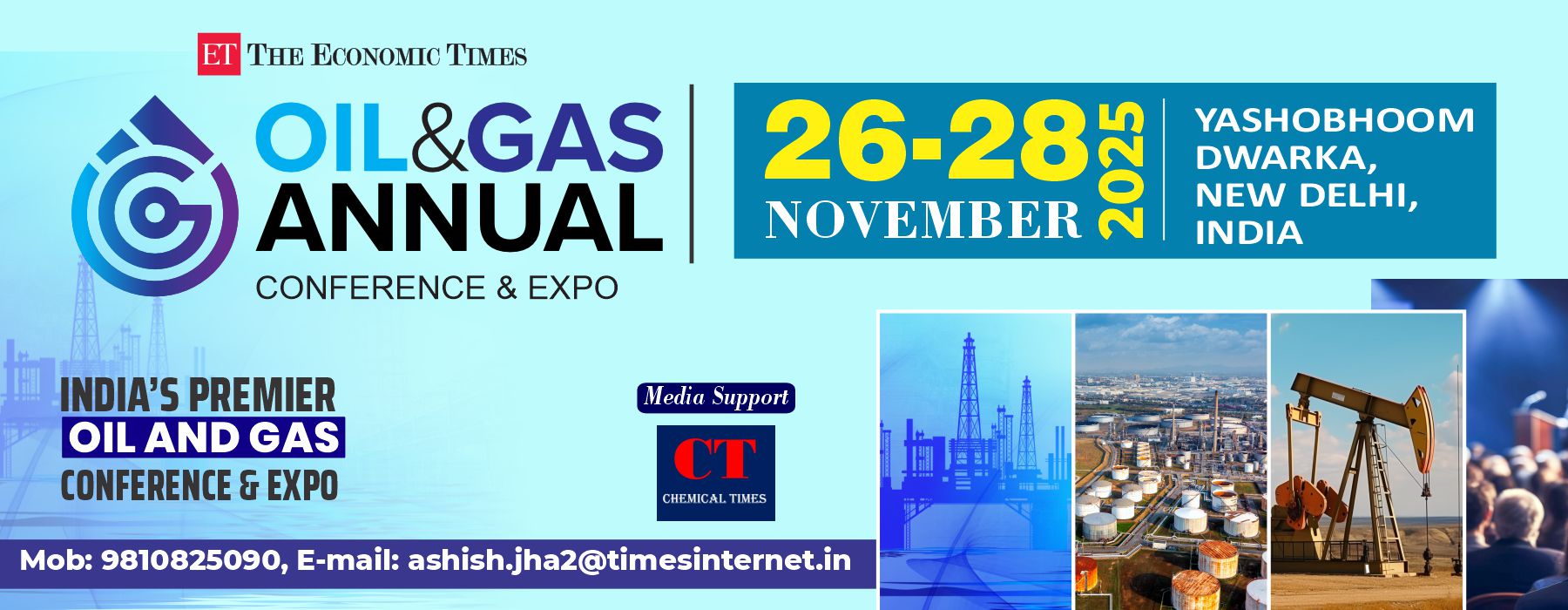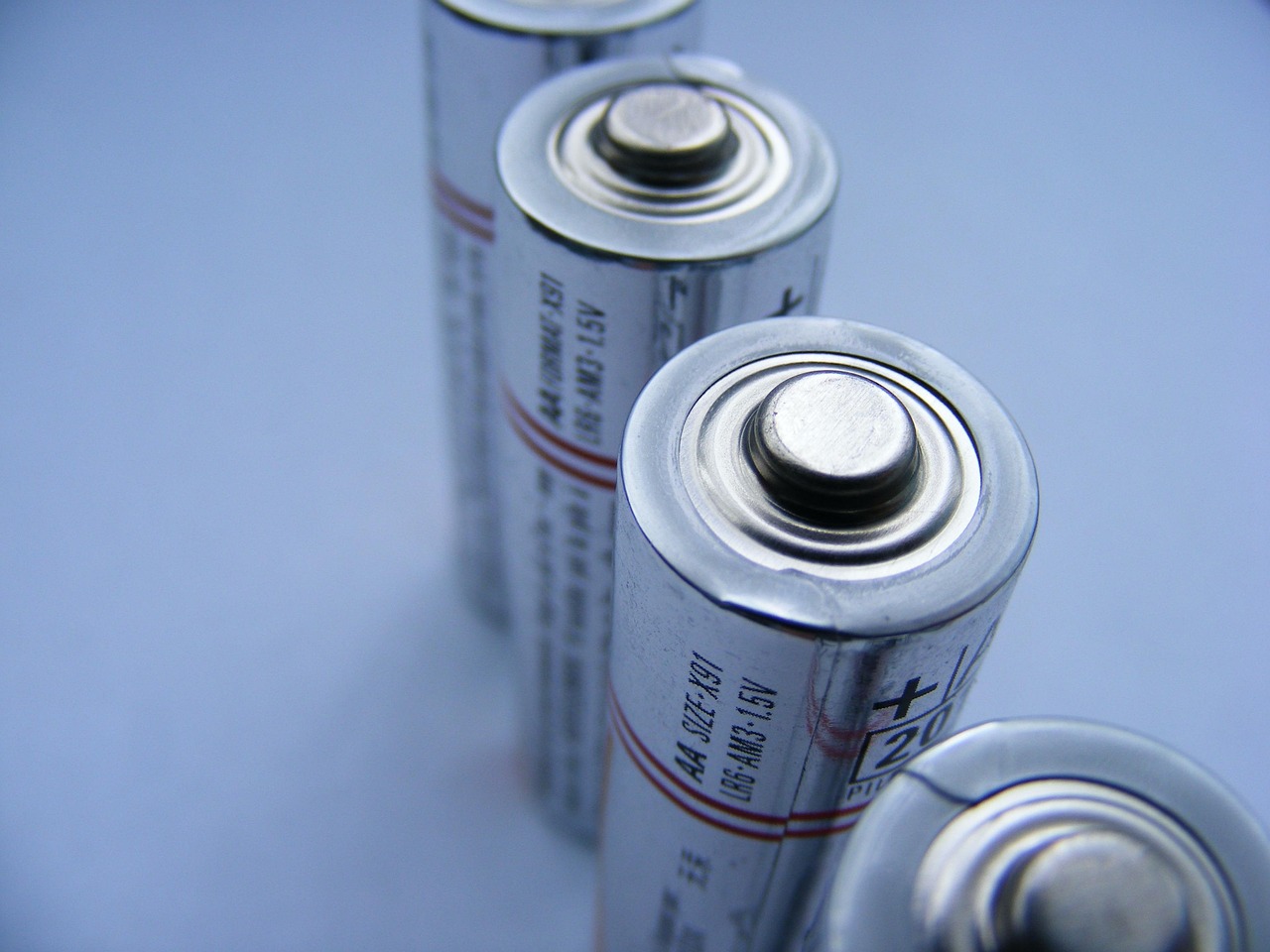The global imperative to decarbonize has found a powerful new champion in green hydrogen. Touted as the “fuel of the future,” it holds the unique promise of cleaning up the most stubborn, carbon-intensive sectors of the global economy—steelmaking, chemical production, heavy-duty shipping, and aviation. These are industries where direct electrification falls short, and where the dense, storable nature of a chemical fuel is non-negotiable. While the vision is compelling, the pathway to a hydrogen-powered future is a complex engineering and logistical challenge. The true key to understanding this transition lies not in viewing hydrogen as a mere fuel, but in deconstructing and mastering its entire value chain: a sprawling, interconnected journey from renewable electrons to usable zero-carbon energy. For chemical engineers, this represents less of a trend and more of a new frontier, demanding innovation in scale, efficiency, and systems integration at every step.
The Hydrogen Colour Spectrum: What Makes it “Green”?
To appreciate the value chain, one must first understand what distinguishes green hydrogen from its alternatives. Hydrogen is the universe’s most abundant element, but it is almost always bound to other atoms, primarily in water (H₂O) or hydrocarbons like natural gas (CH₄). Liberating it for use requires energy, and the source of that energy defines its environmental impact.
The established industry runs on what is termed grey hydrogen. Produced via Steam Methane Reforming (SMR), a high-temperature process where natural gas reacts with steam, it is cost-effective but emits between 9-12 tonnes of CO₂ for every tonne of hydrogen produced. A transitional alternative, blue hydrogen, applies carbon capture and storage (CCS) to the SMR process, mitigating a large portion of these emissions but not eliminating them entirely and facing challenges related to capture rates and permanent storage.
Green hydrogen, in stark contrast, is the only truly carbon-free method at the point of production. It is produced by splitting water into hydrogen and oxygen using a process called electrolysis, powered exclusively by renewable electricity from solar, wind, or hydropower. The “green” credential is earned at this very first link in the chain, and its zero-carbon value propagates through every subsequent stage, offering a complete break from fossil fuels. The race is on to build the entire infrastructure to make this molecule a practical, scalable, and economical reality.
Deconstructing the Green Hydrogen Value Chain
The journey of a green hydrogen molecule from a water source to an industrial burner or a fuel cell is a monumental feat of modern engineering, comprising four critical and interlinked stages.
Stage 1: Production – The Electrolyzer as the Engine Room
The production stage is where electrical energy from renewables is transformed into chemical energy stored in hydrogen. The heart of this process is the electrolyzer, a unit that hosts the electrochemical reaction of water splitting. The engineering challenge here is not just to perform the reaction, but to do so with maximum efficiency, durability, and declining cost. Chemical engineers are deeply focused on optimizing three primary electrolyzer technologies, each with distinct advantages and hurdles.
Alkaline Electrolyzers (AEL): This is the oldest and most mature technology. It uses a liquid electrolyte, typically potassium hydroxide solution, and a porous diaphragm to separate the electrodes. AELs are known for their robustness, long operational life, and relatively low capital cost due to the absence of precious metals. Their primary limitations are lower current densities and operational flexibility. They are less responsive to the variable, intermittent nature of solar and wind power, preferring to run at a steady state, which can complicate direct coupling with renewable sources.
Proton Exchange Membrane (PEM) Electrolyzers: Representing a significant step in technological evolution, PEM electrolyzers use a solid polymer electrolyte—a thin, plastic-like membrane. This design allows for much higher current densities, compact system design, and rapid response times, making them the ideal partner for variable renewable power. They can also produce hydrogen at high pressure, reducing the energy needed for subsequent compression. The critical barrier lies in the cost and supply chain of the required noble metal catalysts—primarily platinum and, more critically, iridium, which is extremely rare and expensive. Scaling up PEM manufacturing to the terawatt scale is contingent on either reducing catalyst loading or finding alternative materials.
Solid Oxide Electrolyzer Cells (SOEC): The frontier of electrolysis technology, SOECs operate at high temperatures (700-850°C). They use a solid ceramic electrolyte and leverage external heat, which can be sourced from advanced nuclear reactors or industrial waste heat. This thermal energy input dramatically reduces the required electrical energy, leading to the highest system efficiencies of all available technologies. However, this comes with a significant trade-off: the high operating temperatures create substantial challenges related to material durability, slow start-up times, and long-term stability of the ceramic components. Solving these materials science problems is a primary focus of current research and development.
The overarching production hurdles are twofold: a drastic reduction in capital expenditure (CapEx) for the electrolyzers themselves, and the continued availability of cheap, abundant renewable electricity. The goal is to drive down the levelized cost of hydrogen (LCOH) to be competitive with grey and blue alternatives.
Stage 2: Storage and Handling – Taming the Lightest Element
Once produced, hydrogen presents a formidable storage challenge. As the lightest element, it has an extremely low volumetric energy density, meaning it takes up a great deal of space for the amount of energy it contains. Efficiently and safely storing and handling it is a core chemical engineering discipline.
Compressed Gas Storage: The most straightforward method involves storing hydrogen gas in high-pressure tanks, typically at 350 or 700 bar. While technologically simple, this process is energy-intensive, requiring multi-stage compressors that can consume 5-10% of the hydrogen’s energy content. Furthermore, the tanks themselves are heavy and costly, making this solution less ideal for mobile applications where weight is a premium.
Liquefaction: For large-scale storage and transport, hydrogen can be cooled cryogenically to -253°C, at which point it becomes a liquid, increasing its density dramatically. This is the preferred method for shipping large volumes via sea. The profound challenge is the energy cost; the liquefaction process itself is incredibly intensive, consuming up to 30-40% of the energy content of the hydrogen stored. Managing boil-off—the inevitable evaporation of some of the liquid—adds another layer of complexity.
Chemical Carriers: To circumvent the difficulties of handling pure hydrogen, chemical engineers are developing innovative carrier molecules. This is where the field intersects profoundly with traditional chemical process engineering.
Ammonia (NH₃): A highly promising carrier, ammonia contains a high density of hydrogen. Crucially, it has a massive, well-established global shipping and storage infrastructure due to its use in the fertilizer industry. The key challenge is “cracking”—efficiently decomposing the ammonia back into hydrogen and nitrogen at the point of use, a process that requires energy and efficient catalysts to be economically viable.
Liquid Organic Hydrogen Carriers (LOHCs): These are special organic compounds, such as toluene or dibenzyltoluene, that can undergo catalytic hydrogenation (absorbing hydrogen) and dehydrogenation (releasing it). LOHCs are attractive because they are liquid at ambient conditions and can be stored and transported using existing oil and gas infrastructure, such as tank trucks and pipelines. The trade-offs include the energy penalty of the dehydrogenation step and the need to manage the carrier fluid.
Selecting the optimal storage and handling method is a complex decision matrix balancing energy loss, capital and operational costs, safety, and the specific requirements of the end-use application.
Stage 3: Transportation and Distribution – The Circulatory System
The distribution network forms the circulatory system of the hydrogen economy, bridging the gap between production sites (often located in remote, renewable-rich areas) and industrial consumption hubs.
Pipelines: For large-volume, land-based transport, pipelines are the most economical solution. A dedicated hydrogen pipeline network is the ideal long-term vision. In the shorter term, there is active research and piloting into blending hydrogen into existing natural gas pipelines. However, a significant materials challenge known as hydrogen embrittlement—where hydrogen atoms diffuse into steel, causing loss of ductility and cracking—must be thoroughly managed for both new and repurposed pipelines.
Maritime Shipping: For global trade, hydrogen must be converted for sea transport. The two main contenders are specialized cryogenic tankers for liquefied hydrogen and standard chemical tankers for ammonia. The ammonia pathway currently holds a practical advantage due to its higher shipping temperature (-33°C vs. -253°C) and established technology, but it adds the cost and complexity of the synthesis and cracking steps. Building the required fleet of ships and the export/import terminals represents a massive infrastructure investment.
Road and Rail: For regional distribution and fuelling stations, compressed hydrogen tube trailers transported by trucks are the current standard. This method is flexible but expensive and inefficient for large volumes, given the low payload weight of hydrogen compared to the weight of the high-pressure containers.
The future hydrogen distribution landscape will inevitably be a hybrid model, with different methods dominating based on distance, volume, and geography.
Stage 4: End-Use – The Decarbonization Payoff
The final and most critical stage is end-use, where green hydrogen fulfills its decarbonization promise by displacing fossil fuels.
Industrial Feedstock: This is the most straightforward and immediate application. Green hydrogen can directly substitute for grey hydrogen in oil refineries (for desulfurization) and, most significantly, in the production of ammonia for fertilizers, creating a truly “green” agricultural product.
Green Steel Production: The steel industry is a top target for decarbonization. In traditional blast furnaces, coal (coke) is used as a reducing agent to convert iron ore to metallic iron, a process that emits vast quantities of CO₂. Green hydrogen can replace coke in a process called Direct Reduced Iron (DRI), with water vapor as the only by-product. This “green steel” is poised to become a premium, sustainable product.
Heavy-Duty and Long-Range Transport: While battery-electric vehicles dominate the passenger car segment, hydrogen fuel cells are uniquely suited for applications where charging time and range are critical. This includes long-haul trucks, buses, trains on non-electrified routes, and eventually, maritime vessels. The high energy density and rapid refuelling of hydrogen are decisive advantages in these sectors.
Power Generation and Grid Stability: Hydrogen offers a solution for long-duration energy storage. Excess renewable energy can be converted to hydrogen and stored for weeks or months. During periods of low wind or sun, this hydrogen can be used in modified gas turbines or stationary fuel cells to regenerate electricity, providing critical stability and reliability to a renewables-dominated grid.
The Road Ahead: A Confluence of Challenges and Opportunities
Building a global green hydrogen value chain is a monumental undertaking fraught with obstacles. The cumulative energy loss through each conversion step—electrolysis, compression, transport, and final conversion—is significant, demanding ultra-high efficiency at every stage to make the system viable. The economic challenge remains paramount; despite rapidly falling costs, green hydrogen is still more expensive than its fossil-based counterparts in most regions, requiring supportive policies, carbon pricing, and massive private investment to bridge the gap.
Yet, the momentum is undeniable and accelerating. Plummeting costs for renewable electricity, ambitious national strategies (from the EU to Japan and Australia), and substantial fiscal incentives like the US Inflation Reduction Act are creating a powerful tailwind. Major corporations across energy, industry, and transport are making bold commitments and investments.
For chemical engineers, this evolving value chain represents a career-defining opportunity. It calls upon a profound understanding of electrochemistry, reaction engineering, catalysis, process intensification, thermodynamics, and systems integration. The profession is central to designing more efficient electrolyzers, developing stable and affordable catalysts for ammonia cracking, formulating new LOHCs, and building the integrated, cost-effective plants that will transform this vision into a tangible reality.
The green hydrogen value chain is more than a simple supply chain; it is the foundational blueprint for a clean, resilient, and sustainable energy future. Its lines are being drawn not on paper, but in pilot plants, research laboratories, and engineering firms around the world, and chemical engineers are holding the pens.
















